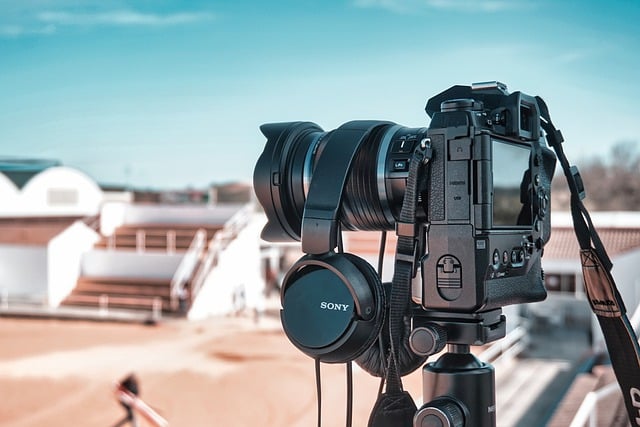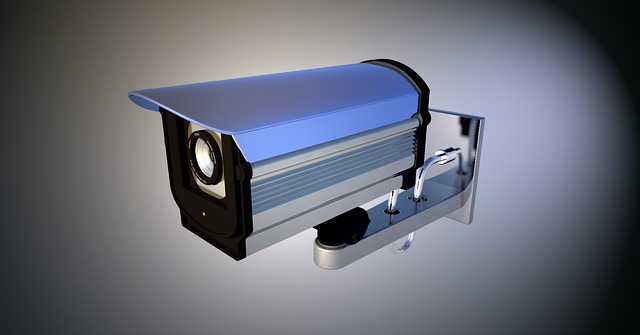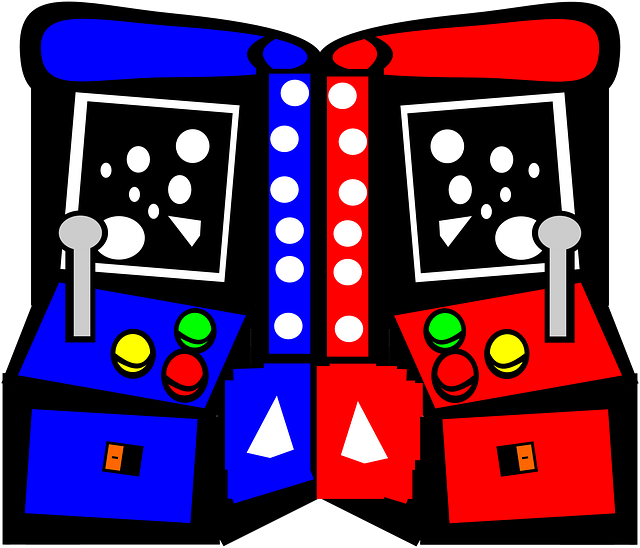The article explains how to enjoy high-quality DivX video playback seamlessly on Android TV platforms. It emphasizes that DivX's efficient compression delivers superior video quality, making it ideal for users with limited storage who want to watch large movie collections in HD on their televisions. Android TV's compatibility with the DivX format allows users to access and play their entire DivX video collection directly on a big screen, leveraging the device's robust processing power and advanced graphics capabilities for smooth playback. Users are advised to install the latest version of the DivX app or a compatible DivX player optimized for Android TV to ensure maximum compatibility and performance.
The article also covers codec technology, which is essential for high-quality video playback across devices. It highlights the use of advanced codecs like HEVC (High Efficiency Video Coding) and VP9 that enable 4K and 8K resolutions without compromising quality or bandwidth. These codecs are crucial for delivering an immersive video experience on platforms like Android TV.
For DivX playback, it's important to ensure that your media player app supports the DivX codec. Recommended players include MX Player, VLC Player, or Kodi. If you don't have a compatible app, download one from the Google Play Store specifically designed for Android TVs. Keeping your device updated with the latest firmware can enhance performance and introduce new codecs necessary for DivX files.
Troubleshooting tips are provided for issues with playing DivX videos, such as verifying the file format (.avi or .mkv), checking for the correct codecs, ensuring a stable network connection, and updating your Android TV's firmware. Additionally, external device connections should be secure and configured correctly for optimal playback. By following these steps and maintaining an updated system, users can smoothly enjoy DivX content in high definition on their Android TV.
Explore the multimedia capabilities of your Android TV with a focus on mastering high-quality DivX video playback. This article demystifies the technology behind DivX and its seamless integration with Android TV, delving into the importance of efficient codecs for an uninterrupted viewing experience. We’ll guide you through the steps to successfully play DivX on your Android TV device, offer tips for optimal performance, and troubleshoot common issues. Elevate your home entertainment setup by leveraging the full potential of DivX on Android TV.
Understanding DivX and its Compatibility with Android TV

DivX, a widely recognized format for high-quality video playback, offers an optimal viewing experience that extends to Android TV platforms. This format is known for its ability to compress videos without compromising on quality, making it ideal for storing large movie collections on devices with limited storage space. When you play DivX on Android TV, you benefit from the format’s efficient encoding, which translates to smooth playback and crisp visuals on your HDTV. Android TV devices are designed with multimedia capabilities in mind, and they support a wide range of video formats including DivX. This ensures that users can enjoy their entire collection of DivX videos directly on their big-screen TV through the Android TV interface, leveraging its powerful processing capabilities and enhanced graphics for an immersive experience.
To ensure compatibility when playing DivX on Android TV, it’s crucial to have the latest version of the DivX app or a compatible DivX player installed on your device. This software is optimized to work seamlessly with Android TV’s operating system, providing users with an uninterrupted and high-definition viewing experience. Additionally, Android TV’s intuitive interface allows for easy navigation and access to your DivX videos, whether they are stored locally or streamed from a network source. With the right setup, playing DivX on Android TV becomes a straightforward process that maximizes both convenience and video quality.
The Role of Codecs in Enabling High-Quality Video Playback

To ensure high-quality video playback on a multitude of devices, including Android TV, codecs play a pivotal role. Codecs, or coders/decoders, are algorithms and software that compress and decompress digital data for audio and video. They are responsible for the efficiency and quality of video streams. For instance, when playing a DivX file on Android TV, the device must employ a codec compatible with the DivX format to accurately decode and render the video. The choice of codec can significantly impact the visual fidelity and performance of the playback. Advanced codecs like HEVC (High Efficiency Video Coding) or VP9 offer superior compression techniques over their predecessors, allowing for 4K and even 8K video resolutions to be streamed without compromising on quality while also optimizing bandwidth usage. This not only enhances the viewer’s experience by delivering crisper, clearer images but also ensures that devices with varying processing capabilities can handle high-definition content effectively. As a result, the integration of robust codecs is essential for providing seamless and immersive video experiences across platforms like Android TV. Users who wish to play DivX on Android TV benefit from the compatibility of their device with a wide array of codecs, ensuring that their favorite videos are rendered in the highest quality possible.
Steps to Play DivX on Android TV Devices

To play DivX videos on your Android TV device, you’ll need to ensure that your Android TV has a media player that supports the DivX codec or that you have a DivX-compatible app installed. The first step is to check the compatibility of your existing media player apps like MX Player, VLC Player, or Kodi with the DivX format. If your current player supports it, simply transfer your DivX videos to a USB drive and plug it into your Android TV. Navigate to the video file using your media player app, and you’re ready to enjoy high-quality playback.
In case your current media player app does not support DivX, or if you do not have one installed, you can download a compatible app from the Google Play Store. Look for apps specifically designed to play DivX files on Android TV devices. Once you’ve installed a suitable app, follow the app’s instructions to import and play your DivX videos. Ensure that your video and audio settings are optimized for the best viewing experience on your Android TV. With these steps, you can seamlessly play DivX on Android TV, bringing the rich quality of these videos directly onto your large screen.
Optimizing Your Android TV for DivX Playback: Tips and Tricks

To fully harness the capabilities of your Android TV for immersive video experiences, optimizing it for flawless DivX playback is key. Ensuring your device is up-to-date with the latest firmware is a critical first step; updates often include performance improvements and support for new codecs. Next, navigate to the settings menu on your Android TV, and under ‘Media,’ make sure ‘Unknown Sources’ is enabled if you plan to download media players from outside the Google Play Store. This allows you to install applications that can handle DivX files with superior quality.
Once you have a compatible DivX player installed on your Android TV, there are additional steps to enhance playback. Connect to a stable and fast Wi-Fi network to avoid buffering during playback. If you’re streaming from a network source, ensure that your network is configured for optimal performance with multimedia traffic. Adjust the display settings to match the resolution of your DivX file for the best visual experience. Lastly, consider investing in high-quality cables or a receiver compatible with HDMI 2.0 or newer if you’re using an external device to connect to your Android TV. This will ensure that the video signal is transmitted without any loss in quality, allowing you to play DivX on Android TV at its best resolution and frame rate. With these optimizations, you can enjoy a seamless and high-quality DivX experience on your Android TV.
Troubleshooting Common Issues with Playing DivX on Android TV

When encountering issues with playing DivX videos on your Android TV, it’s crucial to systematically address potential problems to ensure a seamless viewing experience. If you find that your DivX files are not playing correctly, begin by checking the file format and codec. Ensure that the DivX file is indeed in the .avi or .mkv format, as these are commonly supported by Android TVs. If the file format is correct, the next step is to verify that your device has the necessary codecs installed. Some Android TV models may require you to install a DivX-compatible media player or update the existing one to handle the video encoding used in your files.
Should the playback stutter or freeze, consider the network conditions if you are streaming DivX content over the internet. A weak or unstable Wi-Fi connection can disrupt playback. To troubleshoot this, try pausing and resuming the video to see if the issue is related to buffering. If the problem persists, reset your router or switch to a wired connection to rule out network instability. Additionally, ensure that your Android TV’s firmware is up to date, as updates can include bug fixes that resolve playback issues. Lastly, if you’re using an external device to play DivX on your Android TV via HDMI, check the connection and the settings of the external device to guarantee compatibility and optimal performance.
Playing high-quality video content on any device, including Android TVs, is seamless with the right understanding and setup. This article has thoroughly explored the compatibility of DivX with Android TV devices, elucidating the significance of codecs in achieving superior video playback. By following the outlined steps and adopting our provided tips and tricks, users can optimize their Android TV experience for DivX playback. We’ve also addressed common issues that might arise, ensuring a smooth viewing experience. In conclusion, whether you’re a tech enthusiast or a casual viewer, mastering how to play DivX on Android TV will elevate your entertainment to the highest resolution possible.
